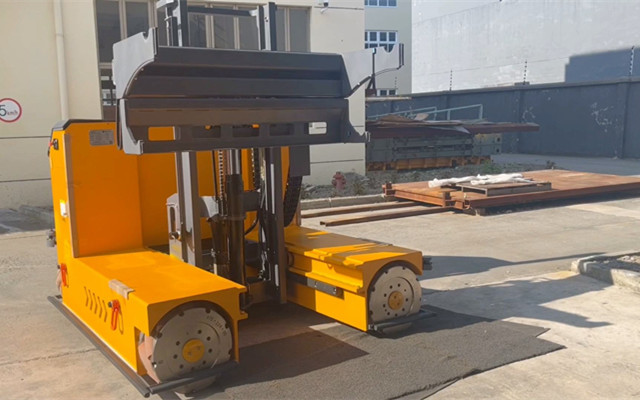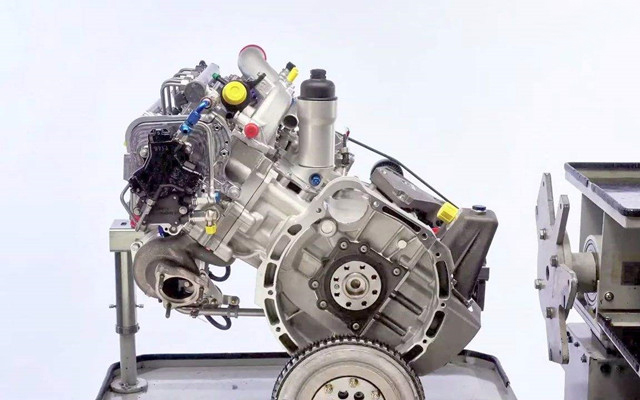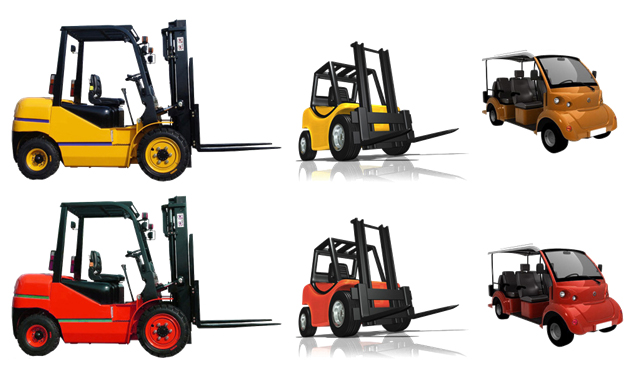
Time: 2022-10-26
Source: TOOMOTOO
Author: TOOMOTOO
Click: 667 times
The daily maintenance of forklift accessories is mainly based on the use of the entire car cleaning, lubrication, and inspection of each accessories. The forklift driver is responsible. The forklift driver should strictly follow the daily maintenance and technical requirements. Each shift should be processed in time when the forklift is abnormal. The daily maintenance includes daily inspections, inspections and returning maintenance at work. The specific items are as follows:

Check the daily check before use:
1. Check whether the fuel, lubricant, hydraulic oil and coolant are fully fulfilled;
2. Check the phenomenon of leakage of the entire car oil and water;
3. Check the work of each instrument, signal, lighting, switching and buttons and other auxiliary equipment (check whether the speaker and the lights can work normally, whether the signal lights are flickering normally, whether the lights are damaged and or not cover).
4. Check the technical conditions and tightness of the steering, braking, tires and traction devices.
5. Check the technical conditions and tight situations of the promotion mechanism, tilt mechanism, fork frame and hydraulic transmission system.
6. Inspection items before the engine start: Whether it is leaking or leaking (inspect the body for a week, check the traces of oil leakage or water leakage, and check the joints of the hydraulic pipeline, oil cylinder, pump, control valve).
7. Check items after the engine starts: A. Odoma and abnormal vibration (especially check whether the engine and liquid oil pump occurred in abnormal noise and abnormal vibration); To.
8. Oil volume of engine engine oil: Check the oil volume meter, and add enough. If the engine oil is dirty or the discoloration is serious, the engine oil should be replaced.
9. Check whether the car tools and accessories are complete.

Inspection items of each forklift accessories at work:
1. Whether the tire pressure complies with the prescribed pressure and tire wear, damage, and the deformation and damage of the hub. In addition, check whether there is a foreign body in the tire, and tighten the torque according to the specified torque.
2. Cooling water volume (remove the cover of the radiator, check whether the water is sufficient, and the lack of filling).
3. The tightness of the V -shaped belt: Press the center of the belt with your hand to check whether its deflection meets the standard. If the belt is scratched and cracking, it should be replaced with a new belt.
4. Work fuel tank fuel volume: Check the oil volume meter, if the insufficient is not enough.
5. The pedal movement situation: check whether the pedal is too heavy, whether it can be played back, and the micro -movement pedal and the brake pedal link.

6. The steering wheel: The normal gap of the steering wheel on the circular period is 30-60mm. Check whether the steering wheel is biased, whether it cannot be controlled when the straight line is running, and whether the steering is too heavy. In addition, you need to check whether it moves up and down.
7, fuel tank fuel volume: turn the start switch to the "power" position, and look at the fuel meter pointer position on the instrument panel. If the amount of oil is insufficient, it will be filled. When refueling, pay attention to keeping the refueling mouth and oil cleaning.
8. Instrument: Check whether the engine oil pressure warning light and the charging warning light goes off, and whether the engine water thermometer and torque thermometer pointer is in a green area.
9. The chain is tightened: lift the fork for 10-15mm, press the center of the chain with your fingers to see if the deflection of the left and right chains is the same.
10. Footboard: Check whether the braking effect is sufficient, or only unilateral braking. Whether the vehicle can move slowly when stepping on the micro pedal. Whether to brake when you step on it further.
<< Previous page
Next page >>
LINKS:
Harber Metal